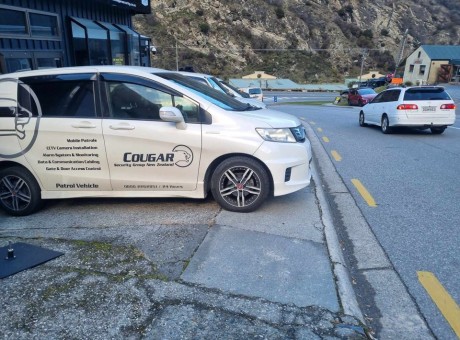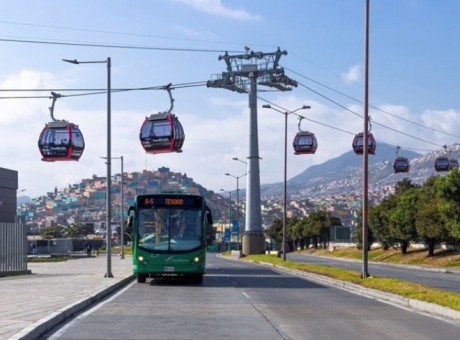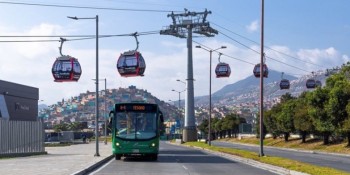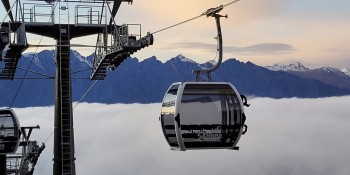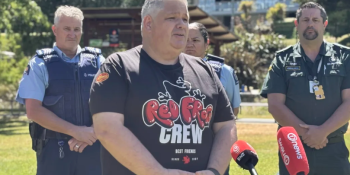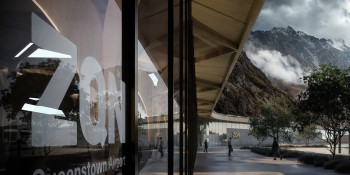NZSki defence witnesses say skier's injuries 'puzzling'
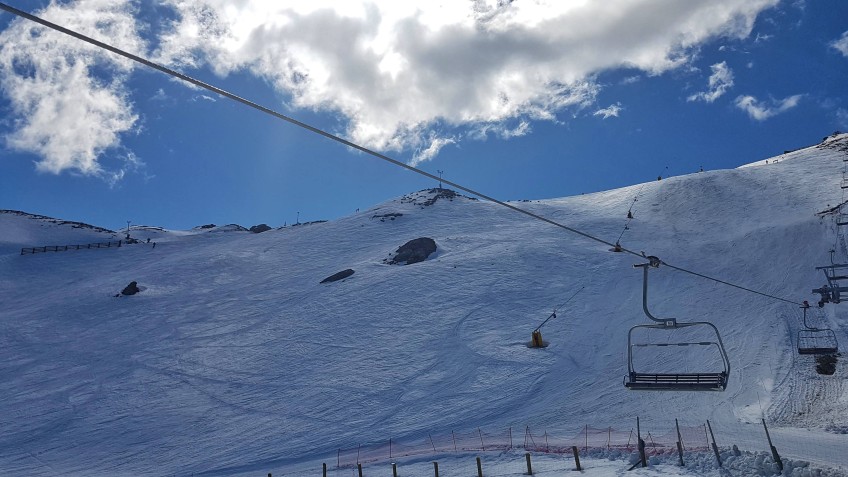
On the sixth day of the trial between WorkSafe and NZSki, the court heard from a pathologist who believes the summary of skier Anita Graf's injuries “isn’t adding up very neatly”.
The pathologist, Martin Sage, says it's "puzzling" the experienced former ski instructor did not exclaim before or after hitting a fence post and could indicate a pre-disposing medical event.
“It’s one of the aspects that makes me say this is an unusual impact accident,” Dr Sage.
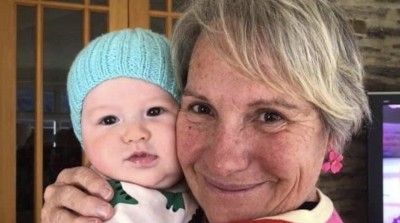
Anita Graf with her new born grandson in 2019, before she died on Coronet Peak (supplied).
Today's witnesses were heard as part of the ongoing trial between WorkSafe and NZSki, with the former maintaining the ski company did not conduct adequate risk assessments, contributing to the death of the Queenstown skier in 2019.
The maximum penalty for this charge is $1.5 million.
Ms Graf died on the mountain on the September 21, 2019, skiing 'First Tracks' on Coronet Peak's advanced Sugar Run, before she hit the fence post and died shortly after.
The coroner’s report shows Ms Graf had facial injuries but no skull fractures, and bruising to her knee, thigh, breast, and neck. However, he says these injuries alone weren’t life-threatening due to the blood loss caused by there.
There were also fractures to her rib and a rupture of her heart chambers, with 160 millilitres of blood found in her chest cavity.
Dr Sage thinks the extent of her internal injuries from hitting the post were severe given eyewitness statements that said she was moving slowly and at a relaxed pace.
He speculates whether some of the "blunt force trauma" injuries listed in the coroner's report – such as the rib fracture - were not caused by the initial impact, but instead by “over-zealous rigorous resuscitation” by the CPR staff.
He has observed similar injuries throughout his 40 years as a pathologist.
He also says her death could have been caused by “cardiac disablement" and that hitting the posts was proceeded by a medical event.
"Maybe there were other things going on."
However, WorkSafe prosecution lawyer Katie Hogan says the last people to interact with Ms Graf did not identify anything unusual in her behaviour.
The last person to speak with Ms Graf, on the chairlift, in the interview says there was “nothing wrong at all” and they chatted about a range of topics as they made their way to the top of the mountain.
Another witness also on the mountain that day reported that Ms Graf was “full of horsepower”.
However, today the report was challenged.
The defence heard from James Lazor, a certified ski instructor and a business manager for Mount Dobson, who has specialised technical knowledge in health and safety systems for ski areas.
Mr Lazor questioned the credibility of the report, telling the court he believes the company conducted adequate risk assessment as to the hazards imposed by fence posts and reasonable practices were put in place.
“The consideration given whether it (the fence posts) should be padded was adequate.”
Prior to her death he wouldn’t have put up a safety catchment fence.
Mr Lazor agreed there would be severe injury or death if a skier were to hit the posts, but disagreed with the likelihood of them being skied into.
He says that some of the 28 posts that were highlighted by Mr Stewart as needing padding would require the skier to ski uphill to make contact with it, and therefore were not likely to be hit.
The 2014 report mentioned that “several serious harm injuries and near misses” had occurred with the fence posts, and there were anecdotal reports from NZSki snow patrollers of them skiing into the posts during their daily checks.
This report was not seen by the NZSki board or NZSki chief executive Paul Anderson – the court heard from Mr Anderson on Friday that there was a “WTF moment” when the report was found.
The safety report was uncovered during an examination and found on the computer used by the former employee in a personal folder.
Mr Lazor agreed with comments heard by Logan Miller on Friday that it is “unfathomable” the report was not presented up the chain of command, however Mr Lazor is “of the opinion it cannot be relied on”.
This is due to the junior status of the ski patrol officer who penned the report and is unsure why Mr Stewart wrote it, he says.
Mr Miller was, at the time of the incident, the group health and safety manager for NZSki's parent company, Trojan Holdings LTD.
“It appears to be done of his own violation and we don’t know why or for what purpose.”
Mr Lazor is unsure why the officer’s concerns were not reported up the chain as their company culture is that staff report all safety concerns.
The 100/100 risk score that the junior patrol officer attributed to the fence posts is also inaccurate in its severity, Mr Lazor believes, saying “at 100, you would’ve closed the trail down right away”.
Mr Lazor is not aware of NZSki carrying out a specific risk assessment as to the hazard posed by the fence that Ms Graf skied into – other than the 2014 report that was buried on the personal drive of a junior patrol officer's computer.
Wednesday, April 26 concluded the sixth day of the seven-day trial into the death of the skier.






